Your Newborn’s Ear Shape: Understanding Newborn Ear Deformities
Your newborn has just arrived, and you couldn’t be more pleased. While your baby is healthy, you may notice something unusual about one or both ears, in terms of shape. Some babies are born with newborn ear deformities, such as extra creases or folds in the middle of the ear, a pointed top (Stahl’s ear deformity), folded-over or flat ears, or ears that stick out from the head. The good news is that most newborn ear deformities can be corrected with a non-surgical treatment called EarWell.
Rest assured, if you have concerns about your baby’s ear shape, correction with EarWell is highly effective—over 90% of newborn ear deformities are resolved within a 4–6-week treatment period.
Top 5 Signs Your Baby May Have Newborn Ear Deformities
-
Prominent Ears
Prominent (or protruding) ears are diagnosed when the ears extend over 2 centimeters (about ¾”) from the skull. Ears that stick out are frequently caused by missing natural folds or underdeveloped ear cartilage. If left untreated, prominent ears—a common form of newborn ear deformities—can lead to embarrassment and self-consciousness. -
Abnormal Ear Shapes or Folds
Uneven shapes in one or both ears can indicate newborn ear deformities. Common types include:
-
Stahl’s Ear: Pointy or elf-like fold at the top
-
Lop Ear: Top portion folds forward and downward
-
Cupped or Tight Ear: Outer edge is curled or tight
-
Asymmetry Between Ears
When one ear differs from the other in size, shape, or folding, this asymmetry is a sign of ear deformities that may require early intervention. -
Birth Positioning Deformity or Flatness
Babies may develop flattened, crinkled, bent, or inward-pressed ears due to their position in the womb or post-birth. Such flattening is another common ear deformity that can be corrected with early molding. -
Absence of Ridges or Folds
If the upper ear lacks definition, particularly the antihelical fold, it may indicate an underlying ear deformity. Early intervention ensures proper formation of the ear cartilage.
Visual Examples of Newborn Ear Deformities
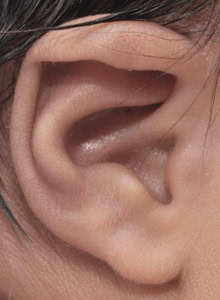
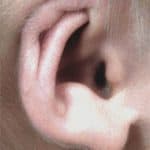
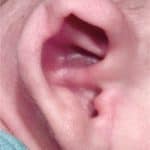
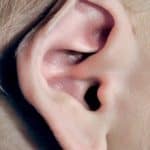
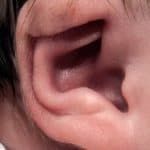
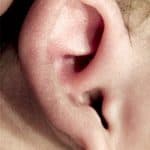
What Not To Do If Your Baby Has Newborn Ear Deformities
-
Don’t panic: Almost all newborn ear deformities can be reshaped naturally with EarWell, created by board-certified plastic surgeon Dr. Steve Byrd.
-
Don’t feel guilty: It’s highly unlikely you caused your baby’s ear deformity.
-
Don’t assume hearing is affected: Most external ear deformities do not impact hearing.
-
Don’t wait: Early evaluation is crucial. Meet with an EarWell physician within the first 3 weeks after birth.
-
Don’t stress about cost: Most EarWell treatments for ear deformities are covered by insurance, including Medicaid, CalCaid, and military coverage.
Will Newborn Ear Deformities Self-Correct?
While some minor malformations improve on their own, many ear deformities do not. It’s best not to assume spontaneous correction. Early treatment ensures the most natural shape and avoids the need for surgery later.
Finding a Specialist for Newborn Ear Deformities
If you suspect your baby has deformities, use our Provider Physician Locator page to find a trained EarWell provider in your area. If you have trouble using the system, call 866-431-0480 for assistance.
With early intervention, most ear deformities can be resolved quickly and painlessly, giving your child the confidence and normal appearance they deserve.
